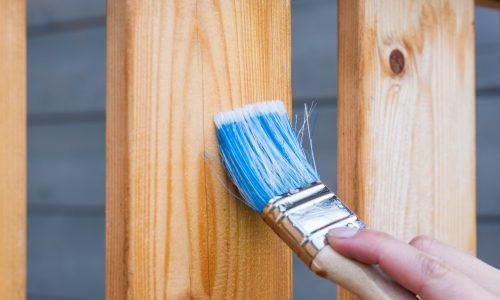-
Lot Size18,296 sqft
-
Home Size2,733 sqft
-
Beds4 Beds
-
Baths3 Baths
-
Year Built2003
-
Days on Market4
How to Improve Air Quality in Your Home
- Real Estate Tips
- August 30, 2018
 Not everyone is aware that the air quality inside homes can sometimes be much worse than the air found outside. When we think of air pollutants, we may not always be conscious of the fact that the air trapped inside our homes can be hazardous. But dust, chemical odors, mold, and even heating can have a damaging effect on one’s health. Allergies, headaches, fatigue, and heart disease can all be attributed to poor air quality. But don’t worry, improving the air inside our homes can be easily done.
Not everyone is aware that the air quality inside homes can sometimes be much worse than the air found outside. When we think of air pollutants, we may not always be conscious of the fact that the air trapped inside our homes can be hazardous. But dust, chemical odors, mold, and even heating can have a damaging effect on one’s health. Allergies, headaches, fatigue, and heart disease can all be attributed to poor air quality. But don’t worry, improving the air inside our homes can be easily done.
- Keep the Floors Clean—By sweeping, vacuuming, and mopping, a person’s home can become free of dust mites, pet dander, and pollen. Vacuuming is great to pick up most of the dust that has accumulated, but to really get all of it, mop afterward to pick up any dust residue left behind. Aside from just the floors, carpets, rugs, and upholstered furniture should also be vacuumed.
- Remove Your Shoes—Shoes track in all kinds of debris, dirt, and pollen into your home. Remove your shoes at the door to eliminate extra pollutants from entering. Or if you prefer to keep your shoes on, make sure to get a door mat. This way people can wipe their shoes before entering.
- Track the Level of Humidity—Humidity can lead to mold and dust mites. Homes should have a 30% to 50% humidity level. Maintaining a healthy level of moisture inside the home can help keep allergens under control, and prevent mold from building up. To reduce excess moisture, use a dehumidifier, fix leaky plumbing, and don’t overwater house plants.
- Ventilation—The easiest and quickest way to improve the air quality in your home is to let air circulate throughout. During the warmer months, open your windows and let the outside air circulate throughout your home. By doing this, you can get rid of excess moisture, odors, and indoor pollutants. When it comes to interior ventilation, make sure any and all exhaust units are functioning correctly. For more tips on properly ventilating your home, check out this helpful guide.
- Houseplants—Plants are not only a wonderful decoration for the home, but they serve as natural air purifiers. Plants absorb carbon dioxide, and in turn produce oxygen. It has been proven that having indoor potted plants can reduce the amount of air particles found inside homes. But if the idea of live plants turns you off, check out this list of houseplants that are “almost impossible to kill.”
- Reduce Aerosols—Air freshening aerosols are nice because they eliminate unpleasant odors. However, they also harmful. Inhaling chemicals can be hazardous to one’s health by contributing to air pollution. They can aggravate allergies, and they’re terrible for the environment. Aerosols can contain formaldehyde and xylene, known carcinogens and neurotoxins. So instead of buying aerosols, use a natural air refresher instead.
- Test for Radon—Radon is the second leading cause of lung cancer in the United States. Radon is a natural gas caused by the decay of uranium in soil. It can travel up through the soil and enter homes. Radon is odorless, as well as invisible, but it can be detected using a radon kit. If radon is found, there are easy ways to reduce levels.
Improving the air quality in a house can improve a person’s well-being and boost energy levels. If your family suffers from allergies, these helpful tips can reduce nasal aggravations. Air quality is often overlooked but definitely an important factor in health and safety. Protect your home, inside and out.





